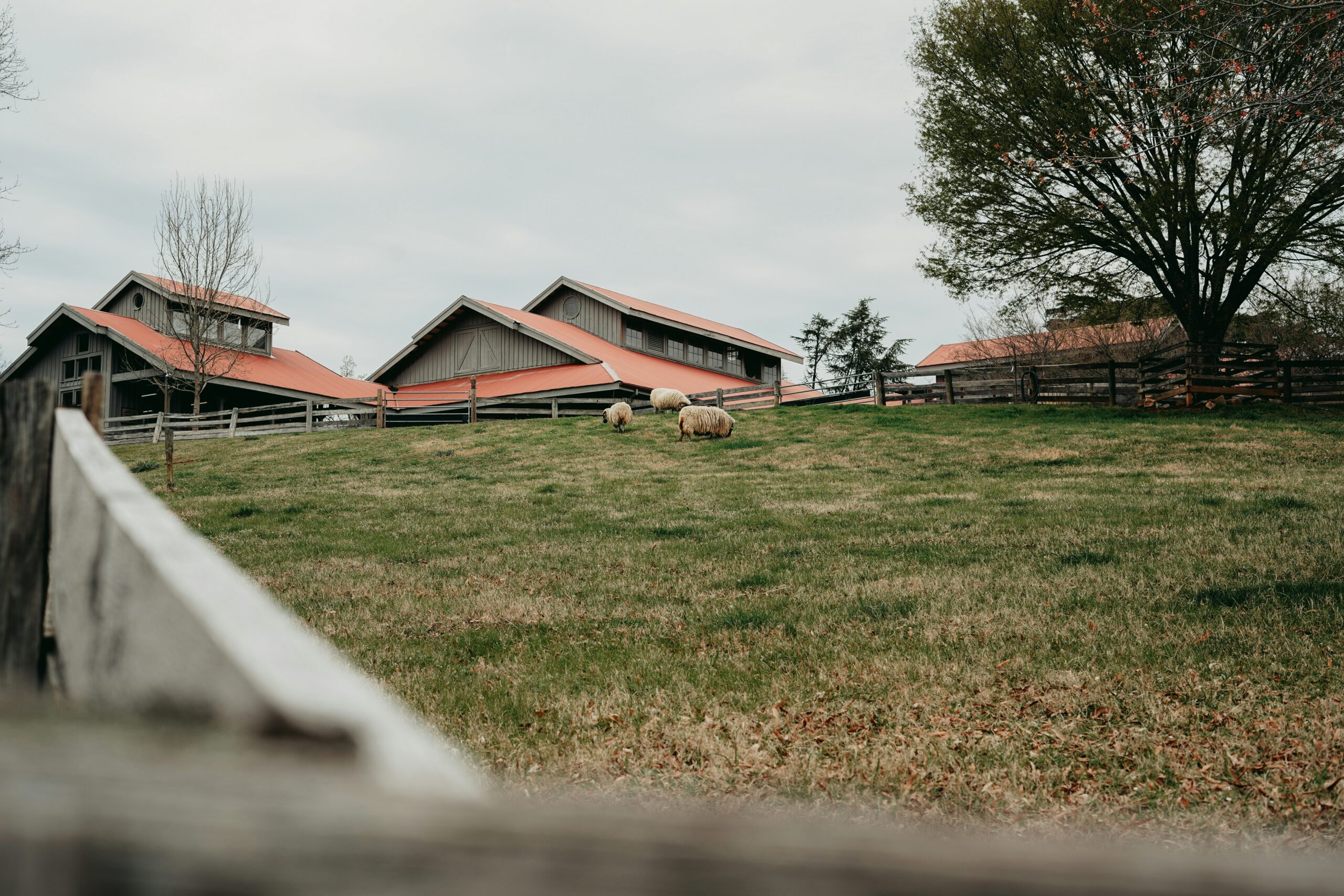
Owning a ranch is a dream for many, but it comes with its own set of unique responsibilities and challenges. A ranch owner’s lifestyle is both rewarding and demanding, requiring a blend of hard work, skill, and passion for land and livestock. From maintaining the property to managing livestock and ensuring everything runs smoothly, a ranch owner is always busy. To truly succeed, understanding the core responsibilities of ranch ownership and embracing the lifestyle is essential.
Daily Ranch Owner Responsibilities
Ranch ownership involves a variety of daily tasks that need attention. The day often begins early with the care of livestock, especially if the ranch includes cattle, horses, or sheep. Feeding animals, checking their health, and ensuring they are in safe, clean environments is crucial. Ranch owners must also monitor the pastures to ensure that the animals have enough grazing space and that the fences are in good condition. This requires constant vigilance to ensure that animals do not escape and that they have access to adequate water and food.
Moreover, ranch owners are responsible for maintaining the property. This involves inspecting buildings, fences, and other structures on the land. Keeping everything in good working condition ensures that the ranch operates efficiently. The weather can also play a significant role in these tasks; for instance, after a storm, a ranch owner may need to assess damage and make repairs. These daily responsibilities are not only about the animals but also about maintaining the overall ranch infrastructure.
The Business Side of Ranch Ownership
In addition to physical labor, ranch owners must take on the role of business managers. From budgeting and planning to managing income and expenses, owning a ranch is as much about financial responsibility as it is about caring for livestock. Keeping accurate records of livestock sales, feed expenses, and maintenance costs is essential to ensure profitability. Ranch owners often need to handle contracts, negotiate with buyers and suppliers, and make decisions about land use and production. This aspect of ranching requires a blend of business acumen and knowledge of agricultural practices.
Furthermore, ranch owners must keep up with legal and regulatory requirements. For example, they may need to obtain permits for specific types of livestock or water usage rights. Staying informed about environmental regulations and zoning laws is vital for avoiding fines and ensuring the ranch remains in good standing. These tasks are time-consuming but are a critical part of the ranch owner’s overall responsibility.
Managing and Caring for Livestock
Managing livestock is one of the most critical responsibilities of a ranch owner. This task extends beyond feeding and watering the animals; it also includes ensuring their overall health and well-being. Regular veterinary visits, vaccinations, and disease prevention are part of the daily routine. Ranch owners must also ensure that livestock are adequately sheltered during extreme weather conditions, such as snowstorms or intense heatwaves.
In addition, livestock management often includes breeding programs, tracking lineage, and ensuring that animals are well-matched for the ranch’s production goals. Whether a ranch focuses on cattle for beef production or raising horses for sale, understanding animal behavior and breeding cycles plays a significant role in the ranch’s success. This is why ranch owners must have a solid understanding of animal husbandry to ensure they provide the best care for their livestock.
Seasonal Tasks and Challenges
Ranching is not just a full-time job; it’s a year-round commitment. Each season brings its own set of challenges and tasks that require the ranch owner’s attention. In the spring, for example, calving season may require round-the-clock monitoring to ensure that newborns are healthy and that the mothers are well cared for. Similarly, fall may bring harvest time, which involves gathering crops and preparing the ranch for the winter months. Seasonal tasks may also include things like irrigation during dry seasons or repairing fences after a harsh winter.
Adapting to seasonal changes is essential for ranch owners. This involves preparing for the upcoming season by adjusting schedules, arranging for additional labor during peak periods, and ensuring that resources are readily available when needed. It’s essential to plan so that the ranch can operate smoothly through any weather challenges or fluctuations in workload.
The Lifestyle of a Ranch Owner
The lifestyle of a ranch owner is not for everyone. It requires a deep passion for the land, the animals, and the work itself. Ranch owners often spend long hours outdoors, sometimes working under challenging conditions. However, for those who love the lifestyle, it offers unmatched freedom and a connection to nature. Many ranch owners find joy in the solitude and the satisfaction that comes with knowing their work directly impacts the success of the ranch.
Yet, the lifestyle also comes with sacrifices. Ranch owners must balance the demands of the ranch with family time and personal interests. They may not have the flexibility to take vacations during peak seasons, as they must remain available to oversee the operations. Moreover, the physical toll of ranching can be demanding, so owners must be physically fit and mentally resilient to face the challenges head-on.
Ranch ownership offers a unique and fulfilling lifestyle but also requires a commitment to hard work and responsibility. From managing livestock to maintaining property and handling the business side of operations, ranch owners juggle many roles. They must be adaptable, resourceful, and dedicated to ensuring their ranch runs smoothly year-round. Despite the challenges, the rewards of living and working on a ranch make it a lifestyle choice that many people cherish. For those willing to embrace the challenges, ranch ownership offers a life rich with purpose and connection to the land.